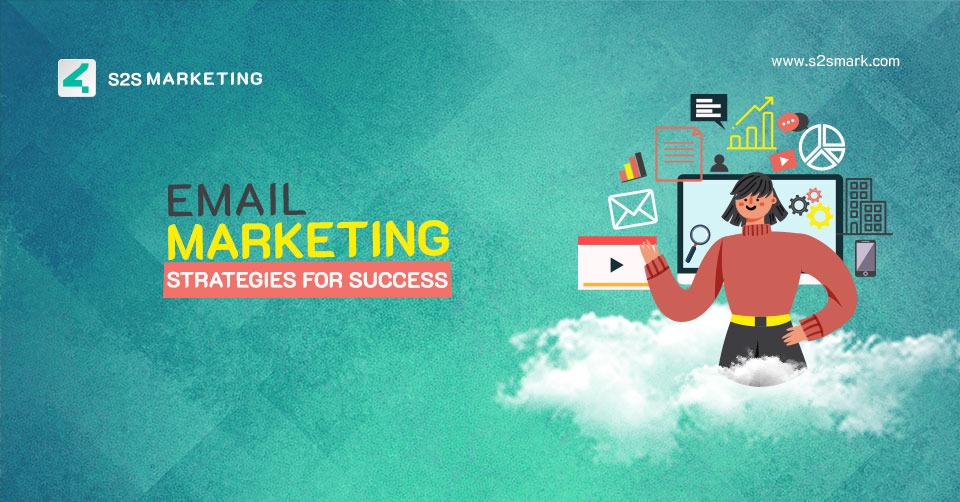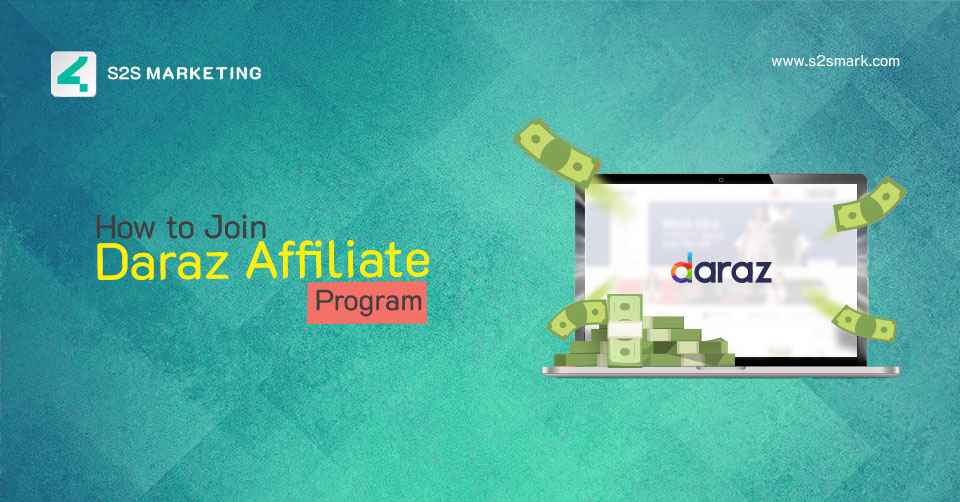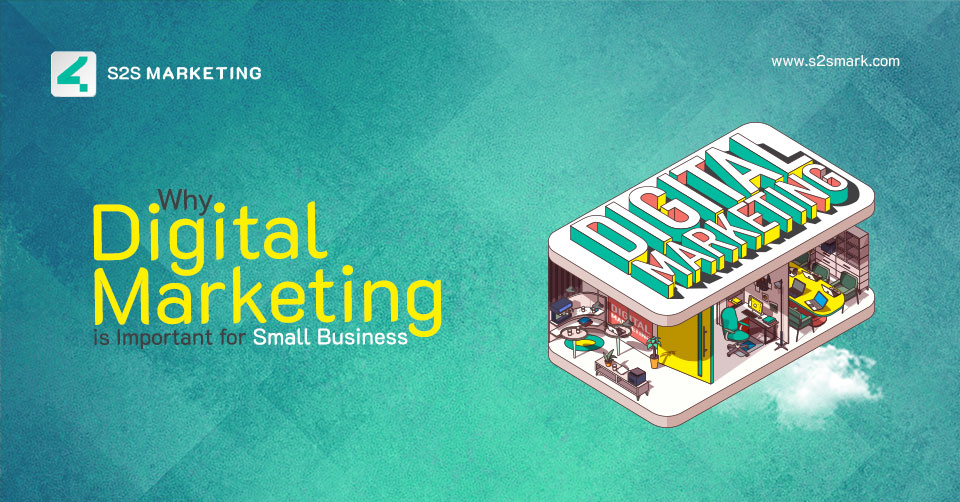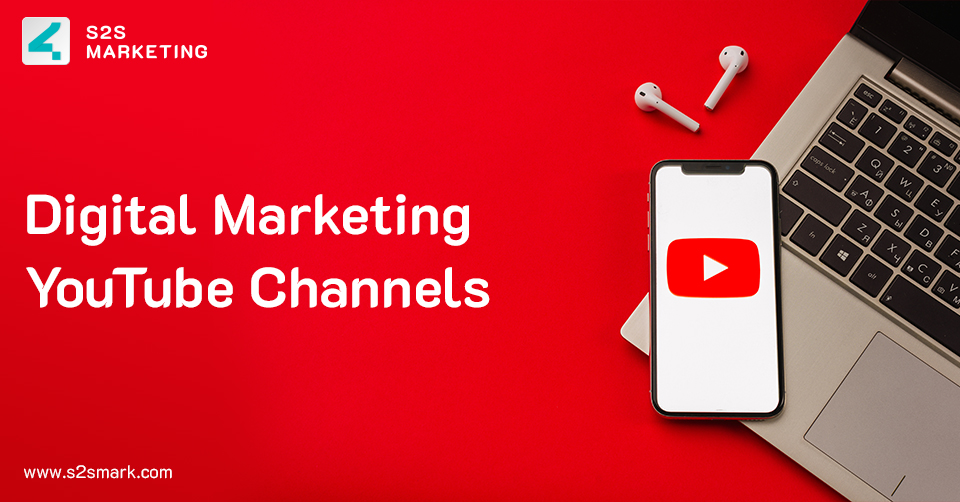In today’s digital era, email marketing stands out as an indispensable tool for any business, especially digital marketing agencies. It’s not just about sending out messages; it’s about creating meaningful conversations with your customers. With the ability to personalize content and reach people directly in their inboxes, email marketing offers a unique blend of intimacy and scope. It’s a powerful way to build lasting relationships, drive engagement, and keep your brand at the forefront of your audience’s mind. In a landscape crowded with endless digital noise, well-crafted emails can be the beacon that guides customers back to your brand time and again.
Targeted Content Creation:
Targeted Content Creation in email marketing focuses on crafting messages that resonate deeply with specific audience segments. This tactic involves understanding the unique interests, needs, and behaviors of different parts of your audience and tailoring the content accordingly. By segmenting your email list based on criteria like demographics, purchase history, or engagement levels, you can develop more relevant and compelling content.
This targeted approach not only improves engagement rates but also strengthens the relationship between your brand and its audience, leading to higher conversion rates and customer loyalty. It’s about delivering the right message to the right person at the right time, making each email feel personally crafted and meaningful to the recipient.
Use Personalization
Personalization is a crucial tactic for enhancing both engagement and customer experience. Incorporating personal touches into emails, like using recipients’ first names in subject lines or recognizing special occasions such as birthdays, can significantly boost open rates and engagement. Additionally, emails should feel personal and come from an individual, not just a business. This can be achieved by including a person’s name in the sender field and attaching a photo instead of a logo.
Personalization extends to content as well; behavior-triggered emails, which are based on how customers interact with your products or services, are an effective way to tailor the communication to individual preferences and behaviors. This level of personalization resonates with recipients, making them feel valued and understood, leading to stronger customer relationships and improved marketing outcomes.
Strategic Timing and Frequency
Understanding the ‘when’ and ‘how often’ in email marketing can dramatically improve your campaign’s success. Here’s a deeper dive:
Optimal Days and Times: Research suggests that Tuesdays and Thursdays are the golden days for sending emails, with higher open rates. Time-wise, consider early mornings or lunch breaks, as people often check their emails during these times. But, these are just starting points. Your specific audience might have different preferences, and it’s crucial to experiment and analyze their responses to find your ideal timing.
Frequency Matters: Striking the right balance in email frequency is key. Bombarding subscribers with daily emails might lead to high unsubscribe rates, whereas very infrequent emails could cause them to forget about your brand. Start with a moderate approach, perhaps weekly or biweekly, and adjust based on subscriber feedback and engagement metrics.
Testing and Adaptation: The only way to truly nail down the best timing and frequency for your emails is through continuous testing. A/B tests can help determine what works best for your audience. Pay attention to open rates, click-through rates, and unsubscribe rates to gauge the effectiveness of your strategy.
Respect Audience Preferences: Always provide options for subscribers to choose how often they want to hear from you. This not only improves customer experience but also ensures better engagement, as your emails will align more closely with their preferences.
Seasonal and Event-based Timing: Be mindful of seasonal events or holidays that might affect your audience’s email checking habits. Tailoring your email timing around these events can lead to higher engagement.
Engaging Call-to-Actions:
“Engaging Call-to-Actions (CTAs)” are crucial in email marketing as they directly influence user engagement and conversion rates. A compelling CTA is more than just a button or a link; it’s a clear, persuasive invitation that aligns with the recipients’ interests and motivations. Effective CTAs often use actionable language that creates a sense of urgency or benefit, like “Get Started Now” or “Unlock Your Discount Today.”
They should stand out visually in the email, but also seamlessly integrate with the overall design and message. Personalizing CTAs based on user data can further enhance their effectiveness, making each email feel tailored to the individual recipient. By strategically placing and wording CTAs, marketers can significantly boost the chances of turning readers into active participants or customers.
Analytics and Adaptation
This is a critical aspect of email marketing, where you delve into the performance data of your campaigns to make informed decisions. It’s about understanding how your audience interacts with your emails. For instance, analyzing open rates can tell you a lot about the effectiveness of your subject lines, while click-through rates give insights into how engaging your content or call-to-action is.
When you notice certain patterns – like higher engagement on specific days or with particular types of content – it’s an opportunity to refine your strategy. Maybe you’ll find that educational content gets more clicks or that emails sent on Tuesdays have higher open rates. Use this data to adapt your content calendar and email design.
But it’s not just about following the numbers blindly. It’s about understanding the ‘why’ behind them. Why did a certain email perform well? Was it the timing, the subject line, or the content itself? This understanding helps in crafting more effective future campaigns.
Remember, the goal is not just to send emails, but to send emails that resonate with your audience and drive real results. Keep testing, learning, and adapting. That’s the key to success in the ever-evolving realm of email marketing.
Compliance and Privacy Concerns:
In email marketing, complying with laws like the GDPR is crucial. GDPR safeguards personal data and impacts how businesses approach email marketing, especially regarding consent and data handling. Ethical email practices involve transparently obtaining permission, offering clear unsubscribe options, and respecting privacy. This not only ensures legal compliance but also builds trust with your audience. It’s important to stay updated on these regulations to maintain a positive relationship with your subscribers and avoid legal pitfalls.
Mobile Optimization
Most people access their emails on smartphones, making it essential to design emails that look good and are easy to navigate on smaller screens. This means using responsive design that automatically adjusts content to fit various screen sizes. A mobile-friendly email not only improves user experience but also enhances engagement rates, as users are more likely to read and interact with emails that are visually appealing and accessible on their devices. Prioritizing mobile optimization is not just a trend; it’s a vital aspect of effective email marketing strategy.
Emerging Trends
Email marketing continues to evolve with the latest trends and technologies. AI-driven personalization is becoming more sophisticated, allowing for hyper-targeted content. Interactive emails with embedded videos, polls, and quizzes enhance user engagement. The rise of voice-activated devices influences how emails are composed and read. Privacy-focused marketing, respecting user data, is increasingly important. Additionally, the integration of email marketing with other digital channels offers a more cohesive customer experience. These trends indicate a more dynamic, responsive, and customer-centric future for email marketing.
Conclusion
In conclusion, effective email marketing is a blend of art and strategy. By focusing on personalization, crafting compelling subject lines, maintaining a clean email list, integrating with marketing, and ensuring mobile optimization, you can significantly enhance your email campaigns. Remember, the key is to keep adapting and evolving with emerging trends and technologies. Start implementing these tactics today to see a noticeable difference in your email marketing effectiveness and overall digital marketing success.





